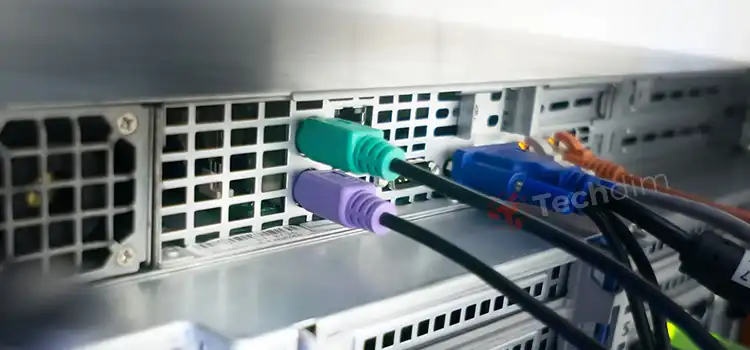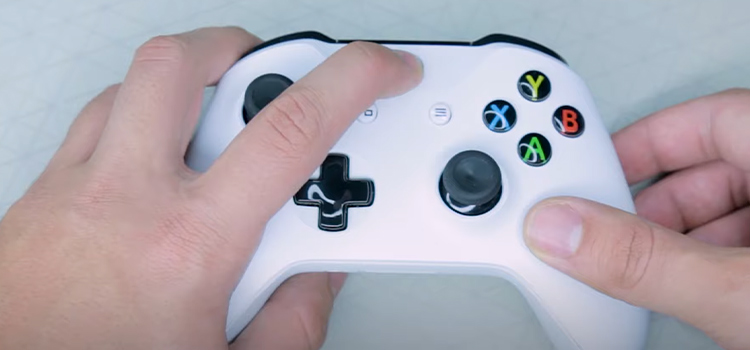How Many PCIe Lanes Does A GPU Use? – Explained
The number of using PCIe lanes by a GPU may vary from a different manufacturer. Basically, a GPU requires 16 PCIe lanes but it can also work in 8 and 4 PCIe lanes. For instance, an NVIDIA GPU needs at least 8 PCIe lanes whereas an AMD GPU can operate in an x4 PCIe slot or you can say it requires 4 PCIe lanes.
But there are exceptions too. You will find some weaker graphics cards that can be operated in a single PCIe lane. Also, if you are willing to have a multi-GPU setup then the GPUs will require 8 or even 4 PCIe lanes.
In this article, we look in detail into the PCIe lanes requirement of a GPU. To find out more, be with us till the end and grab your information.

Number of PCIe Lanes Needed to Operate a Graphics Processing Unit
As we have mentioned before the majority of the GPUs are designed to use 16 PCIe lanes. Also, the number of PCIe lanes for a GPU differ between different manufacturer. A GPU can operate in 16, 8, 4, and even in a single PCIe lane.
For example,
- When you are using NVIDIA GeForce GTX 1660 Ti then it will require 16 PCIe lanes.
- When you are using NVIDIA GT 710 then it will take 8 PCIe lanes to operate.
- When you are using an AMD RX 6500 XT, it will take 4 PCIe lanes.
Note: You won’t be able to use any NVIDIA GPU in a 4 PCIe slot because they need at least 8 lanes to work properly.
Exception: There you will find GPU that can operate in a single PCIe lane. The entry-level GPU of NVIDIA, NVIDIA GT 730 comes with an x1 connector which means it will need a single lane to operate. So, from this, you can see that a lower GPU will need a lower lane count.
Now, what if your mobo doesn’t have an x16 PCIe slot? So, now you will need to use it in the x8 PCIe slot. Now you may ask, will the GPU performance downgrade? Basically, the difference is negligible. The GPU doesn’t come close to saturating an x16 PCIe slot. So, it won’t affect the performance that much.
Number of PCIe Lanes Needed to Operate Multiple GPU
When you are willing to use multiple graphics cards on your system, then the GPUs will operate in 8 PCIe lanes. To make it clearer, motherboards for multiple GPUs come with two PCIe x16 slots or even more. These motherboards’ PCIe slots will work in either 16/0 or 8/8.
When the GPUs will occupy both slots, then the PCIe x16 slots lane will be divided into 8 PCIe lanes. That means the GPUs will work at x8 bandwidth.
Frequently Asked Questions And Answers
Can I use GPU in the bottom PCIe x16 slot?
If you are using a single graphics card then it’s suggested to use it in the primary or top PCIe x16 slot. Because the secondary or bottom slot will provide the GPU with 8 PCIe lanes whereas the primary one will provide 16 lanes.
How many PCIe lanes does a 3080 use?
The RTX 3080 require 8 or 16 PCIe 3.0/4.0 lanes to operate.
Can I have two full PCIe x16 slots on a commercial PC?
Sadly, the answer is no. The commercial PC comes with a maximum of 24 lanes. So, you will only get one true x16 slot.
Can I use PCIe x4 slots for AMD Crossfire?
Yes, you can as the AMD GPUs are designed to use in the PCIe x4 slots.
Can a PCIe x16 slot have only 4 or 8 lanes?
Yes, there you will find GPUs from Gainward. These motherboards’ PCIe x16 slots have only 4 or 8 lanes
How many PCIe lanes does RAM use?
Ram doesn’t use PCIe slots or lanes.
Conclusion
Lastly, a GPU basically uses 16 lanes but it can operate in 8 lanes too. For multiple GPUs, it will take 8 lanes to operate. And if you have an entry-level GPU then it will operate in 4 or in a single lane. That’s all for now. For any further queries, you are most welcome to the comment box.
Subscribe to our newsletter
& plug into
the world of technology





